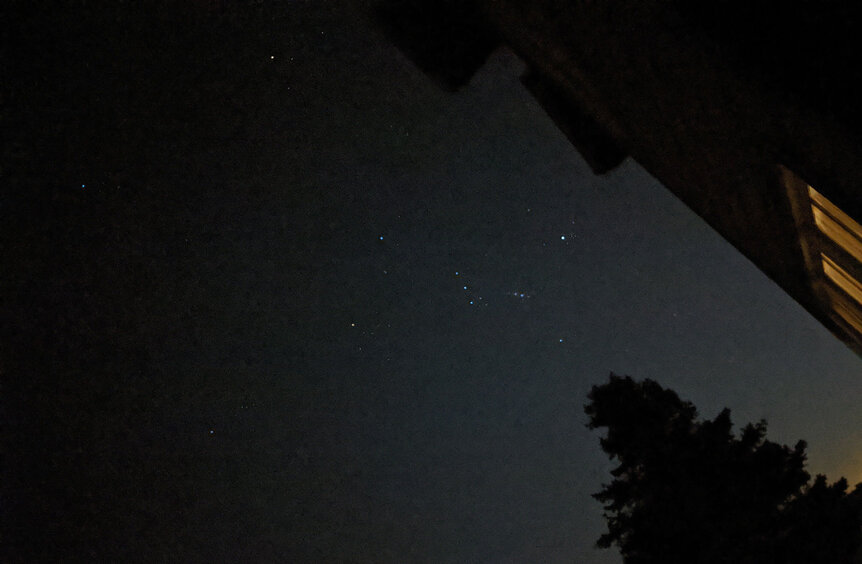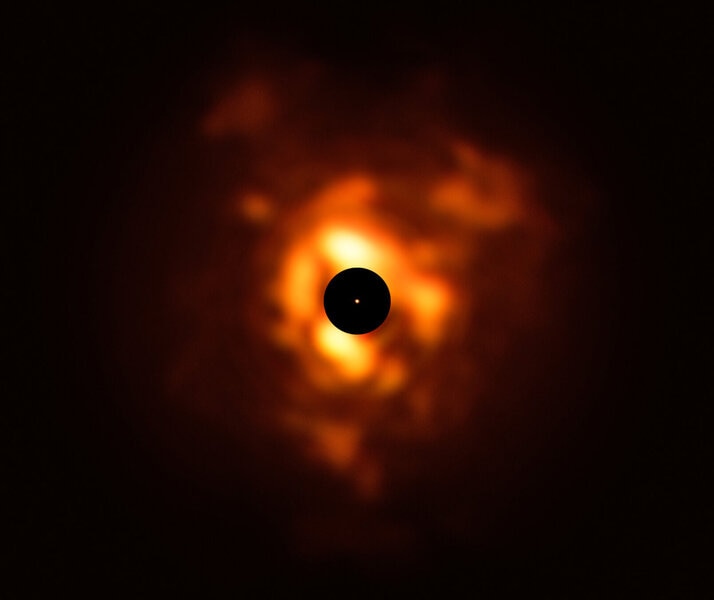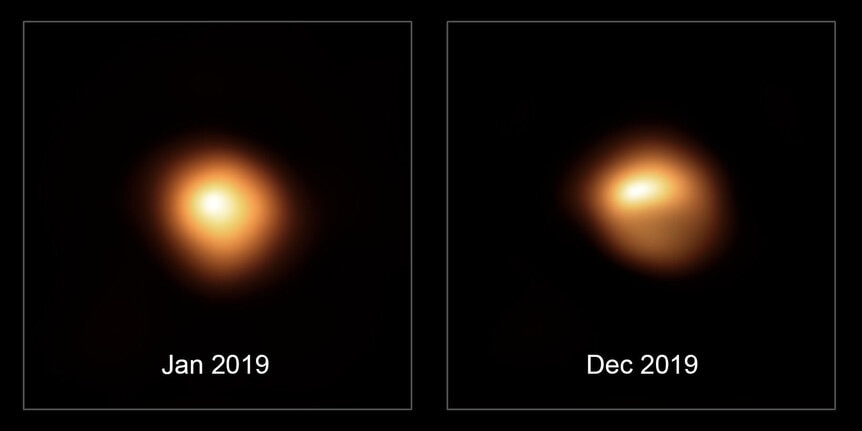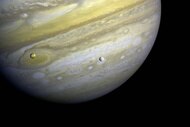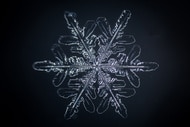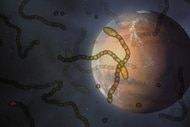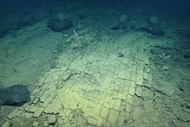Create a free profile to get unlimited access to exclusive videos, sweepstakes, and more!
Mea culpa: Betelgeuse and its dusty convective pulsations
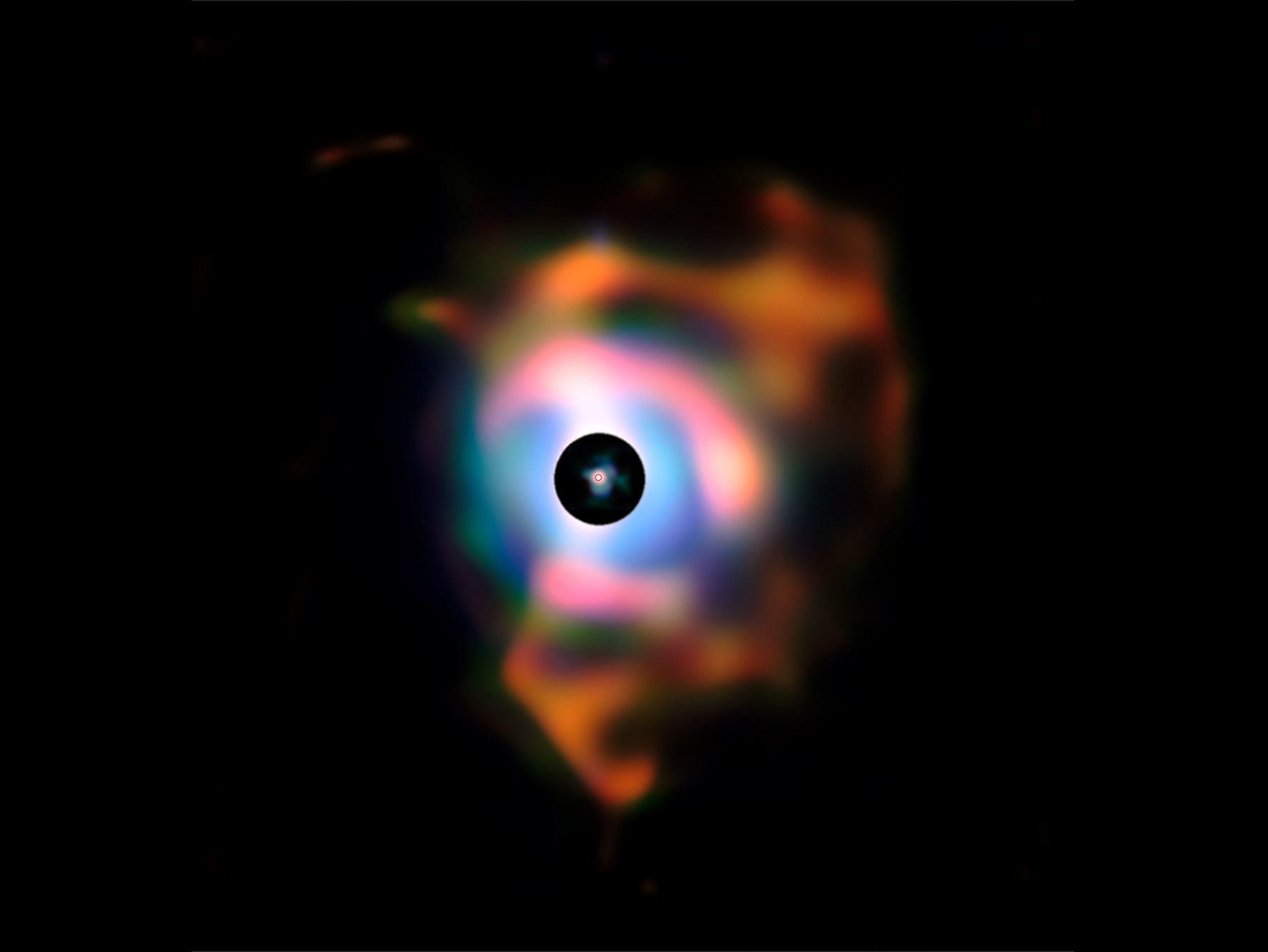
Betelgeuse has been in the astronews a bit lately, hasn’t it? Normally one of the very brightest stars in the sky, in October it started dimming, and by January had faded to roughly a third of its normal brightness. Astronomers have known for a long time that Betelgeuse periodically fluctuates in brightness, but this was a historic low point for the star.
Because it’s so bright, has a recognizable name, is easy to spot as one of the anchor points in the easily recognizable constellation of Orion, and also may one day explode as a supernova, this behavior got a lot of press.
I’ve written about it several times over the past couple of months: When it was first announced that this dip in brightness was really substantial, again when images revealed that only one half of the star appeared to be dimming, and then just a few days ago when the star started to brighten again.
I talked about why Betelgeuse behaves this way, too. I mentioned that it’s temperature has dropped, which can make it dimmer, for example. I also wrote about how convection — gas rising and falling in the star — affects its brightness. Welp, for those of you who know your Latin, the title of this article may give away what I have to say next: I was wrong. While the convection plays a role, that’s not what’s going on here, at least not in a major way.
I’m embarrassed by my error, but that’s mitigated a little bit at least by the fact that what’s happening inside Betelgeuse is actually pretty dang complicated, and not well understood.
Betelgeuse is a red supergiant, a star born with probably 20 times the mass of the Sun. For a few million years it fused hydrogen into helium in its core, powering the star. When it ran out of hydrogen, it started fusing helium into carbon. This generates a lot more energy, and the outer layers of the star responded by swelling up hugely. The star is currently well over a billion kilometers across, hundreds of times larger than the Sun. Because the surface area is huge the star is extremely bright, but that energy gets spread out so much that the star cools, turning it red.
What happens on the surface depends very much on how energy gets from the core to the surface, and that depends on physical conditions inside the star. The important ones are the density of the gas (which in turn depends on the star’s mass and radius), its temperature, and its opacity: how easily light passes through it. That last one is important! If the gas is opaque it can absorb more energy from below, and that affects how the energy moves through the gas. Sometimes it moves via radiation; literally photons of light moving from atom to atom inside the star. Under other conditions the gas will start to convect; hot gas rises to the surface, cools, and falls back down inside the star.
But other things can happen, too. Under some conditions common inside red supergiants the star can literally pulse, with the outer layers expanding and contracting over some time period. Betelgeuse does this on a timescale of about 420–430 days. This is a well-known period that Betelgeuse has followed for centuries. When it does this the amount of surface area increases and decreases, changing the star’s brightness; it’s this change that astronomers were expecting in this last cycle.
I’ll note again here that in my last article I wrote it was the convection doing this. That’s not correct; it’s a separate process. But here’s where things get odd.
Why did Betelgeuse dim so much? I wrote in previous articles that it may be due to dust… and it turns out this is looking very much like the correct reason.
A paper just came out by astronomers Emily Levesque* and Philip Massey describing observations they made of Betelgeuse very recently (on 15 February; this paper was done incredibly quickly!). What they found is very surprising: While the star’s temperature has dropped as it dimmed, as expected, it hasn’t gone down by very much, probably only about 50° Celsius and at most 100°. That will make the star dimmer by eye, but not nearly enough to account for what was actually seen.
So why did the star drop so precipitously in brightness? They postulate that it’s dust. This is made of tiny grains of material created inside stars like red supergiants, and in copious amounts. Some dust is made out of long molecules of carbon (basically soot), some is more silicaceous (rocky), or some aluminum oxide. It depends again on what’s going on inside the star.
Dust made of very small grains tends to absorb blue light better than red… but what they found is that the color of Betelgeuse isn’t changing by very much at all. What they think is happening is that the dust from Betelgeuse is made up of bigger grains, which are more agnostic about the color they absorb. Astronomers call this “gray dust”, and if the dust Betelgeuse makes has a grain size of roughly half a micron that would explain things pretty well… and other observations of the star show it is surrounded by vast clouds of dust with about this grain size (in fact, stars like this lose a lot of mass this way, and Betelgeuse is likely far less massive now than the original 20 Suns it started out with a few million years ago).
This might explain why in the images one half of Betelgeuse is dimmer than the other. Dust production happens in the upper atmosphere, but it may not be global, that is, made everywhere all over the star. It’s certainly possible that parts of the star make more dust than others, and that’s why the image isn’t symmetric. Dust from half the star was blown out, getting between us and its surface, dimming that part.
That explains a lot… but there’s still something really weird. If the dimming is due to dust, then why did Betelgeuse start to brighten again right on time in the 420 - 430 day cycle? That’s not clear. Dust production is tied to the pulsations, so they might be related here. Perhaps, with only half the star dimmed by dust, the increase we see is due more to the half of the star not enshrouded. It’s getting brighter on schedule, and that’s enough to see the star brighten. That could also be aided by the expansion of the cloud of dust, which would get more transparent as it gets bigger and its density drops, removing its ability to absorb light as efficiently.
And convection may still play a role here too. As gas rises and falls it affects the temperature, and the dust production, and the opacity. All of these things are tangled together and very difficult to disentangle. So to be clear what I said in that article was wrong, but maybe not completely wrong. Just mostly.
I’ll be honest: I hate making mistakes like that, but when I do I try to correct them as openly as I can. But here’s a funny thing: Because of that mistake I contacted Emily and wound up learning a lot more about the star, about how complicated this all is, and that astronomers are still pretty puzzled over what’s happening in the upper reaches of red supergiants like Betelgeuse. So some good came of this.
There’s still a lot to understand about it. We don’t know for sure why it got so dim; perhaps further observations will support the large-grained dust idea. It seems likely. But then there’s another 5-year cycle in its brightness that’s not understood, and who knows what else is going on inside this ridiculously enormous beast.
So ponder all that next time you go outside and take a peek at Orion, now high to the south right after sunset. Give a look tonight if you can! You can point right at Betelgeuse, and see for yourself what all the fuss is about. Remember, this isn’t just arguing over esoterica; it’s trying to understand actual things going on in the sky, some of which have made their way into our stories and our lives.
*Full disclosure: Emily — an expert in Betelgeuse’s behavior — is also a friend of mine, and generously talked to me for like 40 minutes over the weekend about the star. She also literally wrote the book on this: Astrophysics of Red Supergiants.
